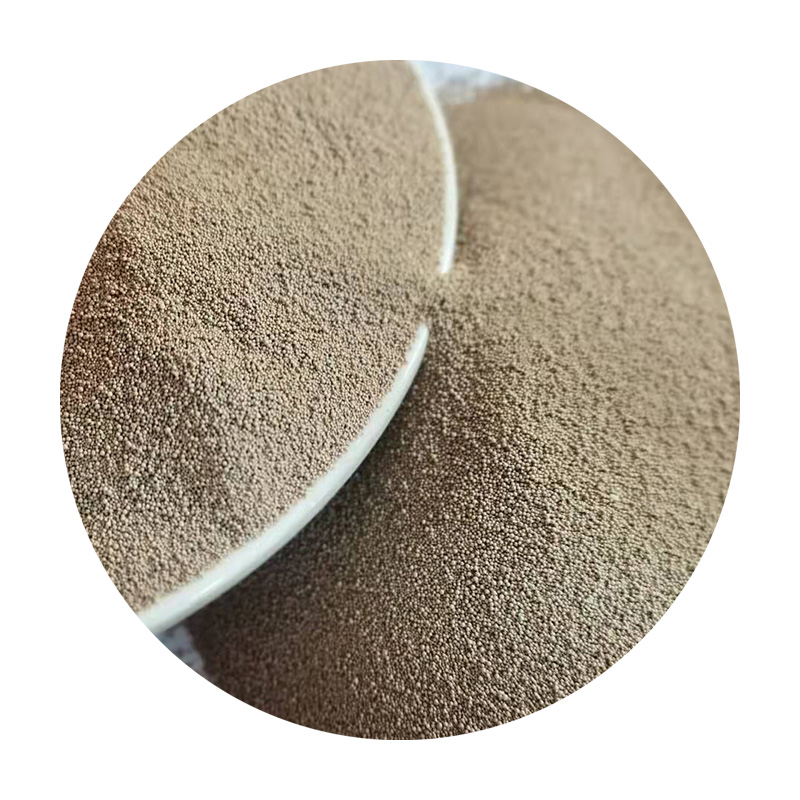Application of Sand Casting Process
Sand casting is one of the oldest and most versatile metal casting processes utilized in the manufacturing industry. It involves the creation of metal parts by pouring molten metal into a mold made from sand. The advantages of this method lie in its simplicity, low cost, and ability to produce complex shapes with excellent dimensional accuracy.
One of the most significant applications of sand casting is in the automotive industry. Many critical components such as engine blocks, transmission housings, and various brackets are manufactured using this method. The ability to create intricate designs and the high strength of the finished products make sand casting ideal for heavy-duty vehicles that require robust parts capable of withstanding strenuous conditions.
In addition to the automotive sector, sand casting is extensively used in the aerospace industry for producing intricate and lightweight components. Parts such as turbine housings and structural components are often made using this process. Aerospace applications require a high level of precision and reliability, which sand casting can provide when coupled with modern technologies such as computer-aided design (CAD) and computer numerical control (CNC) machining, allowing for improved accuracy and better surface finishes.
application of sand casting process

The energy sector also benefits from the sand casting process, particularly in the production of components for power plants, such as pump casings, valves, and turbine parts
. These components often need to endure high temperatures and pressures, making the mechanical properties of sand-cast materials crucial.Moreover, sand casting is not restricted to large industrial applications. It is also used in artistic and decorative applications where sculptors and artisans prefer sand casting for creating unique sculptures and art pieces. The flexibility of sand casting allows for creativity, enabling artists to produce one-of-a-kind items that are difficult to replicate through other manufacturing methods.
Additionally, advancements in technology have further enhanced the capabilities of sand casting, including the development of synthetic sand and improvement of mold-making techniques. These innovations lead to better surface finishes, reduced porosity, and increased mold life, thereby expanding its applications even further.
In conclusion, the sand casting process is a vital manufacturing technique with applications spanning multiple industries, from automotive and aerospace to energy and art. Its adaptability, cost-effectiveness, and the ability to produce complex geometries ensure that sand casting remains an essential method for producing a wide variety of metal components in today’s manufacturing landscape.
Post time:সেপ্টে. . 16, 2024 23:39
Next:Kum atışı
